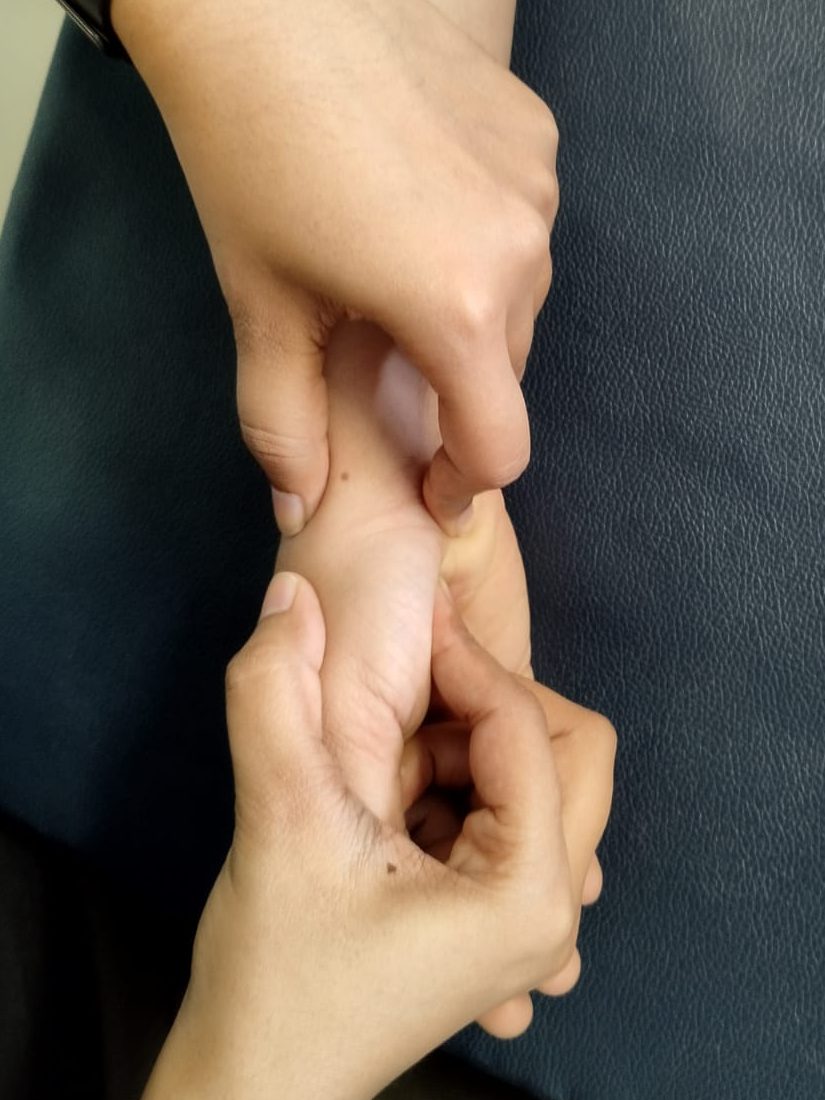How it starts:

One mosquito bite can lead to months of joint pain and inflammation- if the mosquito is carrying the deadly Chikungunya virus. Whether you’re recovering from an acute infection or dealing with lingering post-viral arthritis, a well-structured physiotherapy plan can make a significant difference in regaining strength and preventing long-term complications. In this blog, we’ll explore how targeted physiotherapy techniques—such as gentle exercises, joint mobilization, and pain management strategies—can alleviate stiffness, restore mobility, and improve overall well-being
Let’s dive into how physiotherapy can support your chikungunya recovery journey!
What happens to my body if I have chikungunya?
Chikungunya causes inflammation, pain and swelling in all the joints of the body, leading to pain with every movement you make.
The initial fever usually subsides by 10 days, but joint pain and general fatigue can persist beyond 3 months. If left untreated, painful symptoms may be present for more than 20 months after the fever.
Read more about the symptoms here
Pain is usually most severe in the small joints of the hand, feet, along with ankle, wrist, and the knee, hip and elbow.
Why do daily tasks become difficult?
Wearing clothes, hooking undergarments, picking up any object, weight bearing activities are painful. Holding any position for a long time is challenging. Considering all this, daily tasks become way more energy consuming during this period. Some basic tasks may also need you to ask for assistance. Complete independence is not what we should expect at this early stage, but we should pay more attention to getting some rest and allowing the body to recover.
Why does recovery take so long?
If untreated, can cause pain for years. This can be debilitating, decreasing your Quality of life significantly.
As a practicing Physiotherapist, the most recent cases of Chikungunya I have seen appear to be more aggressive than the earlier variations, and have much longer recovery timelines.
What is the role of the physiotherapist?
Your physiotherapist’s role in treatment is to make your life easier and aid in recovery. Exercises and treatment change according to phase of recovery. You can start Physical therapy 2-3 weeks into your recovery, by which time the fever will resolve.

Initially, treatment usually focuses on mobility and pain relief. Fatigue with simple movements is normal at this stage, due to weakness and loss of muscle mass.
We use modalities like Ultrasound, High Volt combo therapy, IFC combo for pain relief. Gentle joint mobilisations help reduce the fear of movement. Click here to know more about high end electrotherapy machines at Rehab Station.
As your strength improves, we can gradually shift the focus from pain relief to strength and endurance exercises. Since all the joints of the body are involved, treatment needs to be progressed slowly, step by step.

Soft tissue mobilisations, stretching techniques are .required to prevent muscle tightness.
Your body will take some time to respond to the demands of exercise, but once it does, the recovery starts becoming easier. Lastly, after you regain some strength, we can move on to functional and bodyweight exercises.
Read more about physiotherapy in chikungunya here
Testimony:
The journey to complete independence after Chikungunya may sound like a monumental task, but with good treatment, appropriate guidance and support; and most importantly- patience and time for your body to recover, it becomes a smooth ride.
Click here to watch one of my patient’s testimony after full recovery
https://www.instagram.com/reel/DFmTagONalC/?utm_source=ig_web_copy_link&igsh=MzRlODBiNWFlZA
Reduced recovery time, Return to function faster
Pain may subside eventually, although complete return to daily activities is extremely challenging without proper guidance. If left untreated, chikungunya related pain starts a cycle of muscle tightness, joint inflammation and movement restriction.
Physical therapy helps maintain mobility of all joints, muscles, and works through restrictions to prevent contractures. It also helps improve aerobic capacity and reduces fatigability, which allows you to carry on with your daily tasks without getting tired.
Remember, consistency is key—regular movement, proper posture, and guided therapy can significantly reduce discomfort and prevent long-term complications. If joint pain persists or affects your quality of life, seeking professional physiotherapy support can make all the difference.
Take the first step towards a pain-free life—move more, heal faster, and regain control of your health!
Dr. Shreya Mane (PT)
